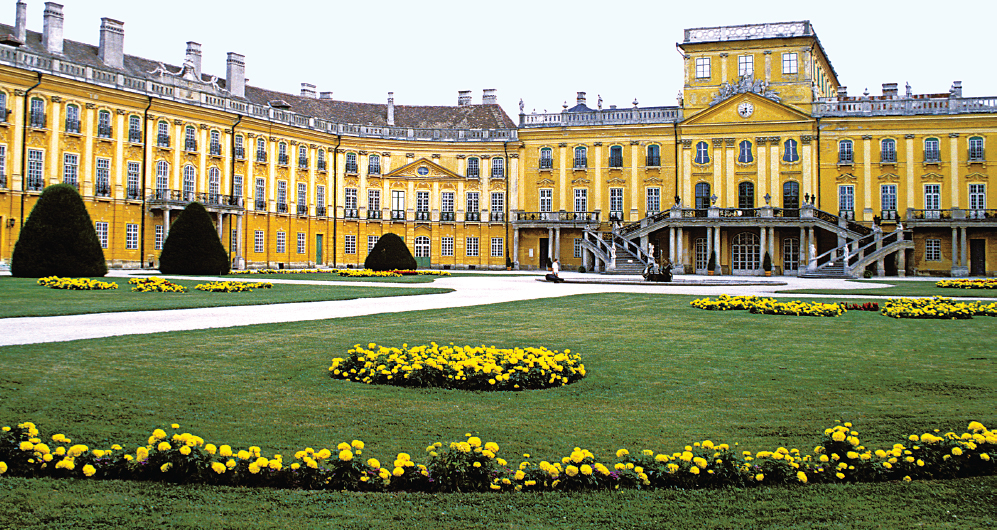5 | Rondo Form
The rondo is a form with popular leanings, dating back to the Baroque era. In the symphonies and other multimovement genres of the Classical era, it was used mainly for fast, closing movements.
The formal principle of the rondo is a simple one. A rondo begins with a full-fledged tune (A) and comes back to it after episodes (B, C, etc.) serving as spacers between its appearances. Longer rondo tunes may return in shortened form. For example, if A is in the favorite |: a :|: b a′ :| pattern of the time, the recurrence of A throughout the rondo may present a b a′, b a′, or even a alone. There is always enough of the tune for the listener to recognize it.
In simple rondos, the episodes feature additional tunes contrasting with A; this results in formal designs such as those shown in the margin. In symphonies, the episodes may present transitions to new themes, cadence formulas, and even sonata form–style development sections using motives from A. (The most complex rondos of this kind are sometimes called sonata rondos; they were a favorite of Haydn in the symphonies from late in his career.) Various schemes are possible, and often a coda is added. Whatever the specific structure, the regular return of the main theme A is the critical feature of rondo form.

A famous performance of Haydn’s oratorio The Creation from 1808. The elderly Haydn is seated in the foreground, and Beethoven stands before him with a cane. The picture shows how much smaller orchestra and chorus were in the early nineteenth century; today’s typical performing forces for such a work would double the number onstage here. De Agostini Picture Library/A. Dagli Orti/The Bridgeman Art Library.

A modern view of Esterháza palace, near Vienna, where Haydn spent much of his career. Lebrecht/ The Image Works.

